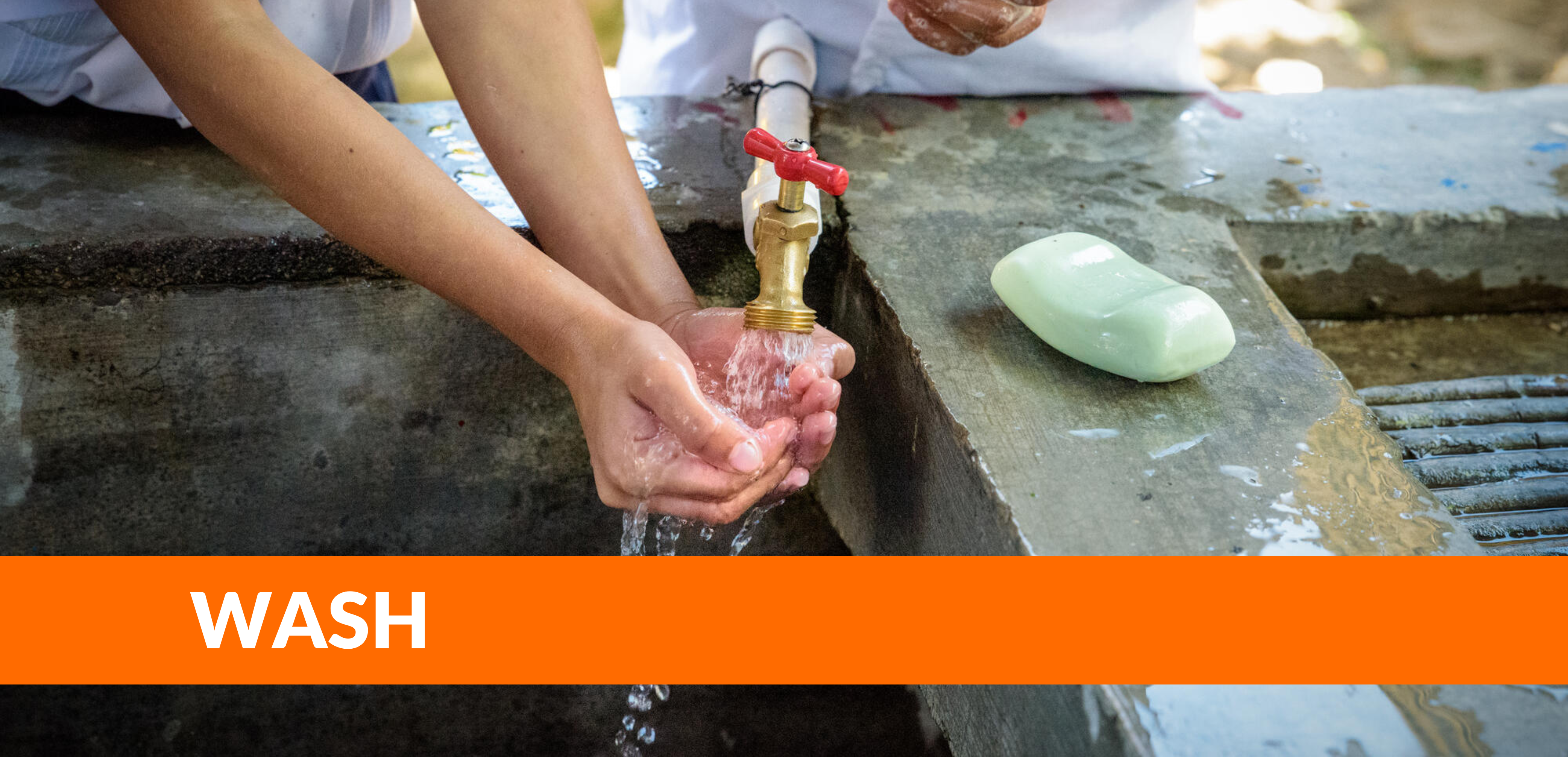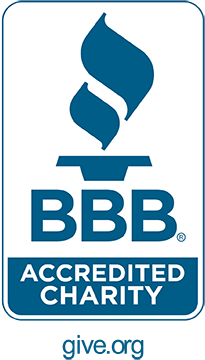Abstract: In sub-Saharan Africa, over half of the population is exposed to contaminated drinking water. The WHO recommends both sanitary inspection and water quality analysis to assess the risk of water source contamination, but the relationship between these tools is poorly understood. We explore the relationship between sanitary inspection and water quality analysis using data from 1028 boreholes with handpumps in 12 countries in sub-Saharan Africa. Sanitary inspection scores and E. coli occurrence were compared using the models described in published literature, and an alternative model that better reflects causal pathways of contamination. In the alternative model, sanitary risk factors were categorized as contamination sources, carriers, or barrier breakdowns, and the relationships between risk factor combinations and E. coli occurrence were assessed. We found no associations between sanitary risk score and E. coli occurrence using either the established or alternative model. These results confirm that sanitary inspections and microbial analyses convey distinct information, and perfect correlation is neither expected nor desired. The alternative model demonstrated a slightly better model fit than most established models, and the model fit further improved when the occurrence of rainfall in the past two days was added as a carrier. We recommend that: implementers train water system operators to conduct sanitary inspection; and researchers work to improve our understanding of the effect of individual sanitary risk factors, as well as incorporate contextual data into their assessments of sanitary inspection and water quality.
Data were collected as part of an evaluation of water, sanitation, and hygiene (WaSH) programs implemented by the international non-governmental organization (NGO) World Vision (WV). The data were collected from rural communities in 14 countries—Ethiopia, Ghana, Honduras, India, Kenya, Malawi, Mali, Mozambique, Niger, Rwanda, Tanzania, Uganda, Zambia, and Zimbabwe. For this analysis, Honduras and India were excluded because they are the only countries that do not fall in the sub-Saharan Africa SDG region or the lowest access WaSH country cluster.
Article from:
npj Clean Water volume 4, Article number: 3 (2021)





